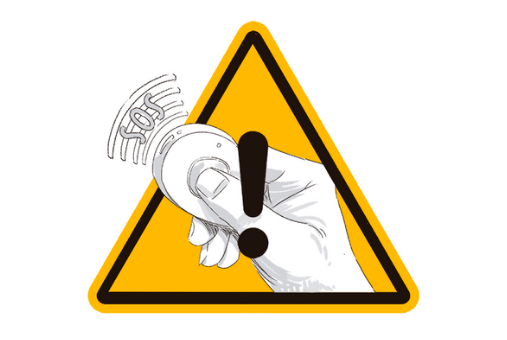
Exactly a decade ago, the government of Guatemala committed to creating a plan to protect press workers in the face of growing attacks. That happened in 2012 during a government favorable to the idea, yet all these years later, it still hasn’t been achieved. Some journalists point to a distrust between the government and the press as a source of the problem.
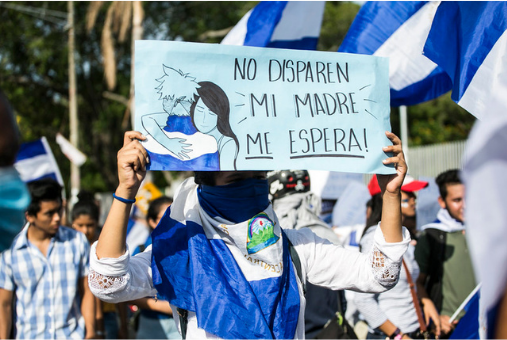
Four years after the social outbreak of 2018 in Nicaragua, more than 120 journalists have gone into exile, at least 20 media have been confiscated, there are no printed newspapers circulating in the country and six journalists have received sentences ranging from 7 to 13 years in prison, with fines in the millions. However, the independent Nicaraguan press continues to fight for freedom, both from inside the country and in exile.

Like other countries in the region, discussions are already taking place in Bolivia to establish a protection mechanism for journalists that would limit violence against them. For now, the projects are confidential, but the violence against journalists that launched them is visible.

As violence against journalists has increased in Latin America, several countries have created protection mechanisms designed to implement safety measures for journalists reporting attacks or threats against them.
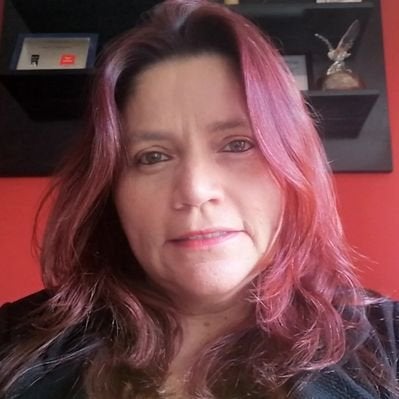
When she found irregularities in the handling of her data, Colombian journalist Claudia Julieta Duque returned her protection mechanism. Duque denounced having since suffered at least two serious security incidents. She also condemned the lack of compliance by the part of the State with the precautionary measures granted to her by the Inter-American Commission on Human Rights (IACHR).

A data journalism study by several news organizations found that Black and Indigenous women in Brazil, in addition to being targets of misogyny and gender violence, face additional attacks online when they speak out against racism.
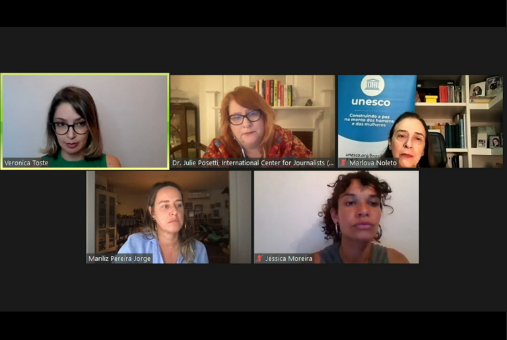
Monitoring carried out by the Brazilian Association of Investigative Journalism (Abraji) recorded 119 cases of gender violence against journalists in 2021 in Brazil. Of these, in 58 cases state authorities were involved – Brazil’s President, Jair Bolsonaro, took part in eight of these attacks. The survey highlights the special vulnerability of women journalists dedicated to the political editorial section, since 60% of the attacks were motivated by coverage of this topic.

Mexican investigative reporter Anabel Hernández believes the mechanism for protecting journalists will never work well while impunity in crimes against journalists persists. And yet, Mexico’s president has not relinquished a discourse of hostility and intimidation towards the press.
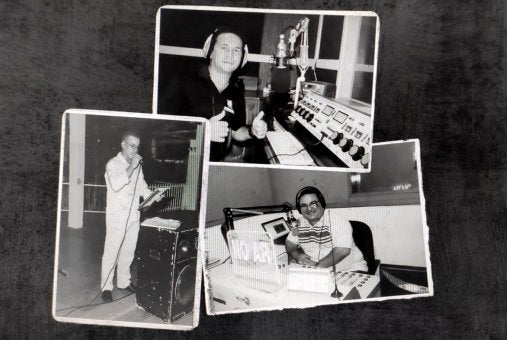
Brazilian documentary 'Boca Fechada' (Gagged) starts from the stories of three journalists killed by gunmen. The film shows the vulnerability of journalists with a critical voice in small towns in the interior of the country.
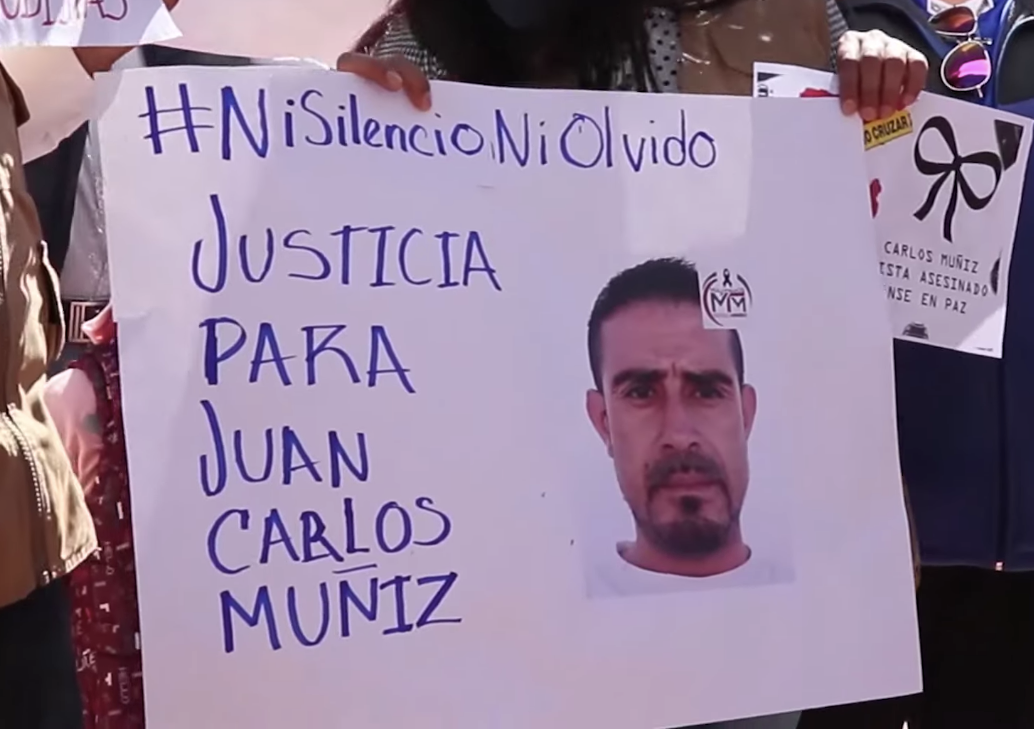
Journalist Juan Carlos Muñiz was murdered in Zacatecas on March 4. Organizations such as RSF, Article 19 and the IAPA, as well as journalists from Mexico and abroad, called for Mexican authorities to stop the violence against journalists.
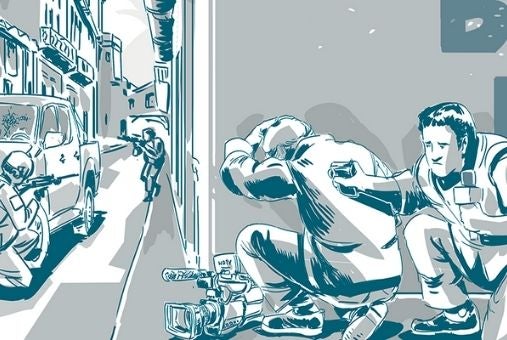
Experts in the coverage of violent confrontations in Latin America warn of the need for comprehensive security training that involves the entire newsroom, from bosses to reporters.
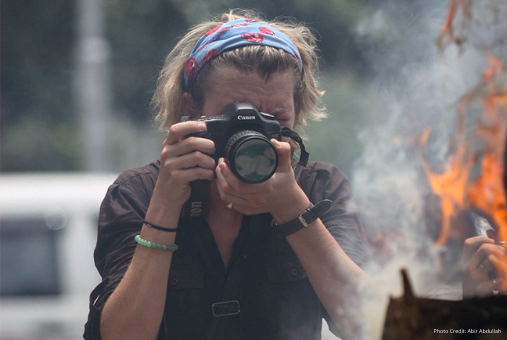
To help raise awareness for the threats women journalists face around the world, and promote concrete solutions, the Knight Center, International Women’s Media Foundation (IWMF) and UNESCO are jointly organizing a free, multilingual webinar on International Women’s Day, March 8 at 10 a.m. U.S. Central Time.